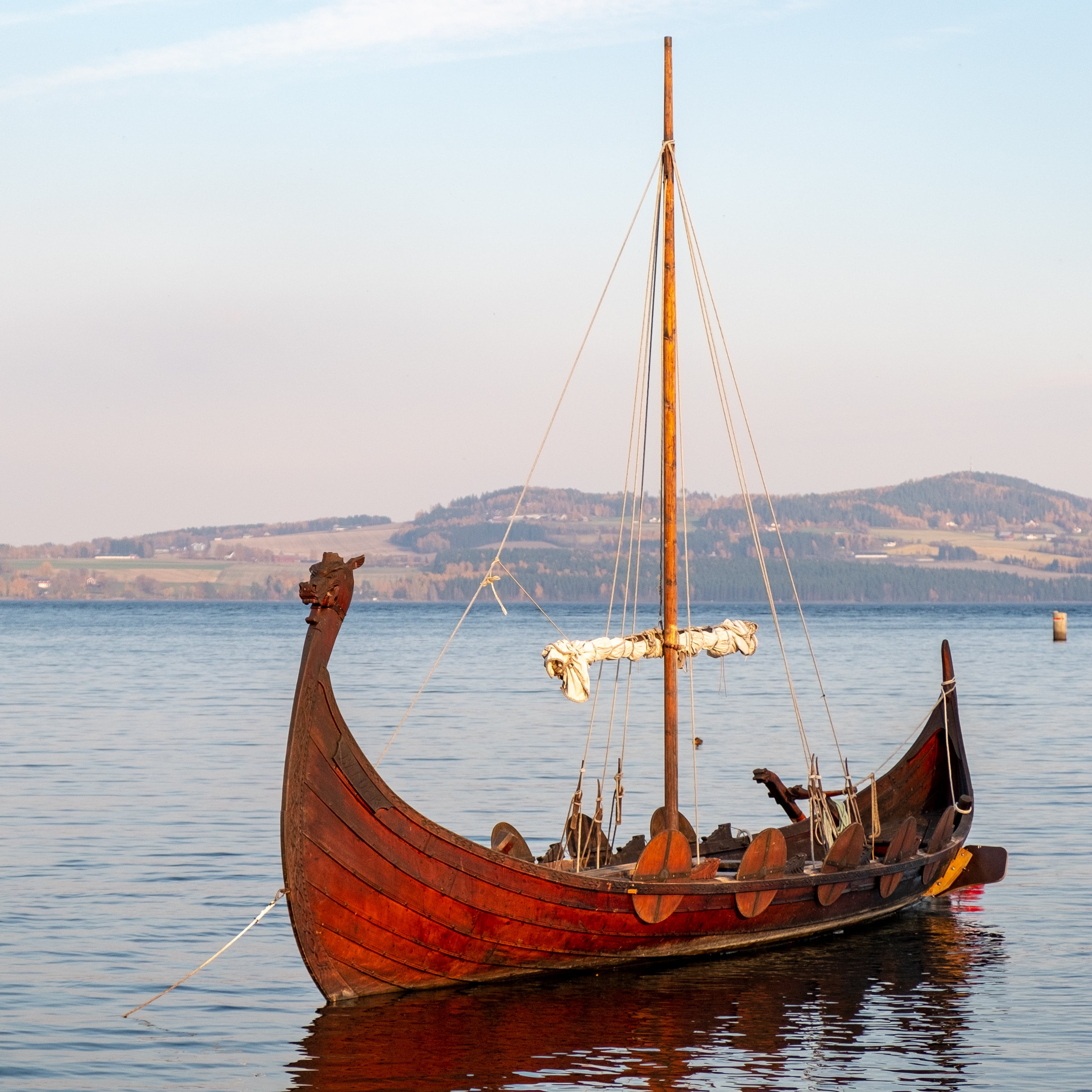We analysed ancient Scandinavian genomes over 2,000 years, revealing Viking-era influx from southern Europe, British-Irish Isles, and the east Baltic. Genetic diversity increased during that time, but later Scandinavians have less non-local ancestry. Uralic ancestry found 1,000 years ago still impacts northern Scandinavians.
Views 4456
Reading time 3 min
published on Nov 13, 2023
We recently published a study in Cell that reveals that the Viking period, spanning from the late 8th to mid-11th century, saw a massive influx of people into Scandinavia. Interestingly, later Scandinavians don't have as much ancestry from other places from outside Scandinavia as their Viking ancestors did.
In our study, we retrieve and analyse the genomes (i.e., the complete set of DNA found in human cells) of 297 individuals buried in Scandinavia. These remains were co-analysed together with nearly 17,000 Scandinavian individuals. This vast dataset covered a period of 2,000 years and allowed us to delve into the region's population dynamics. Many of the new DNA samples originated from prominent Swedish archaeological sites, such as Sandby Borg, Vendel, and Kronan, with a unique historical significance.
Building on two previous studies, this research offers new insights into the genetic makeup of Scandinavia during the Viking Age. Specifically, we followed how the proportion of non-local genetic ancestry has changed in different parts of Scandinavia over time. We then employed contemporary genetic data from various European regions to pinpoint the source of the shifts in genetic diversity within Scandinavia. The large amount of both ancient and modern Scandinavian samples allowed for a resolution seldom reached in ancient DNA studies.
Our results indicate an increase of British-Irish, Baltic, and south-European ancestries during the Viking period and onwards. The British-Irish gene-flow had an impact in all Scandinavian regions, whereas the south-European mainly affected south Scandinavia, and the Baltic influence is especially marked in Gotland and central Sweden and had less impact on Norway.
The study's 2,000-year timeline revealed an increase in migration during the Viking era, followed by a decline after the medieval period. The non-local ancestry introduced during this time appears to diminish in later periods. There are at least two non-exclusive explanations for this phenomenon: i) Newcomers to Scandinavia during the Viking and medieval times could have had fewer children than the main local population. For instance, migrants could have belonged to groups forbidden from having families or children, such as slaves or priests. They could also have been diplomates or merchants who died before they made it back home. ii) Bias in the archaeological record during the Viking Age. The archaeological record might have more individuals with a specific ancestry compared to the actual population. This could result from differences in burial customs associated with different ancestries. Note that cremation was the most common burial practice during the Iron Age including the early Viking Age in Scandinavia. However, we also analysed late Viking age burials that were Christian, and thus from a time when inhumation was practiced.
We also examined other influences on Scandinavian DNA. For instance, modern Scandinavians exhibit a genetic "cline" (a gradient) from north to south, resulting from the migration of Uralic-speaking groups with a likely Siberian origin. Although this influence is more noticeable after the Viking and medieval periods, we found traces of this north–south genetic cline already during the late Viking Age.
Other fascinating stories emerged from this study, such as the discovery of a woman with a fully British/Irish genomic composition buried in a Viking-period boat burial. This type of burial is usually seen as prestigious, but the grave goods indicated that the woman was of upper middle class. While her societal role remains a mystery, she was likely neither a slave nor a priest.
Our research unveils the complex historical events that shaped Scandinavia's population over time. The Viking Age reflects the curiosity of Scandinavians about the world beyond their shores, as much as the curiosity of outsiders about the Vikings, inspiring them to travel to Scandinavia.
Original Article:
Rodríguez-Varela, R., Moore, K. H., Ebenesersdóttir, S. S., Kilinc, G. M., Kjellström, A., Papmehl-Dufay, L., ... & Götherström, A. (2023). The genetic history of Scandinavia from the Roman Iron Age to the present. Cell, 186(1), 32-46.
 Evolution & Behaviour
Evolution & Behaviour



